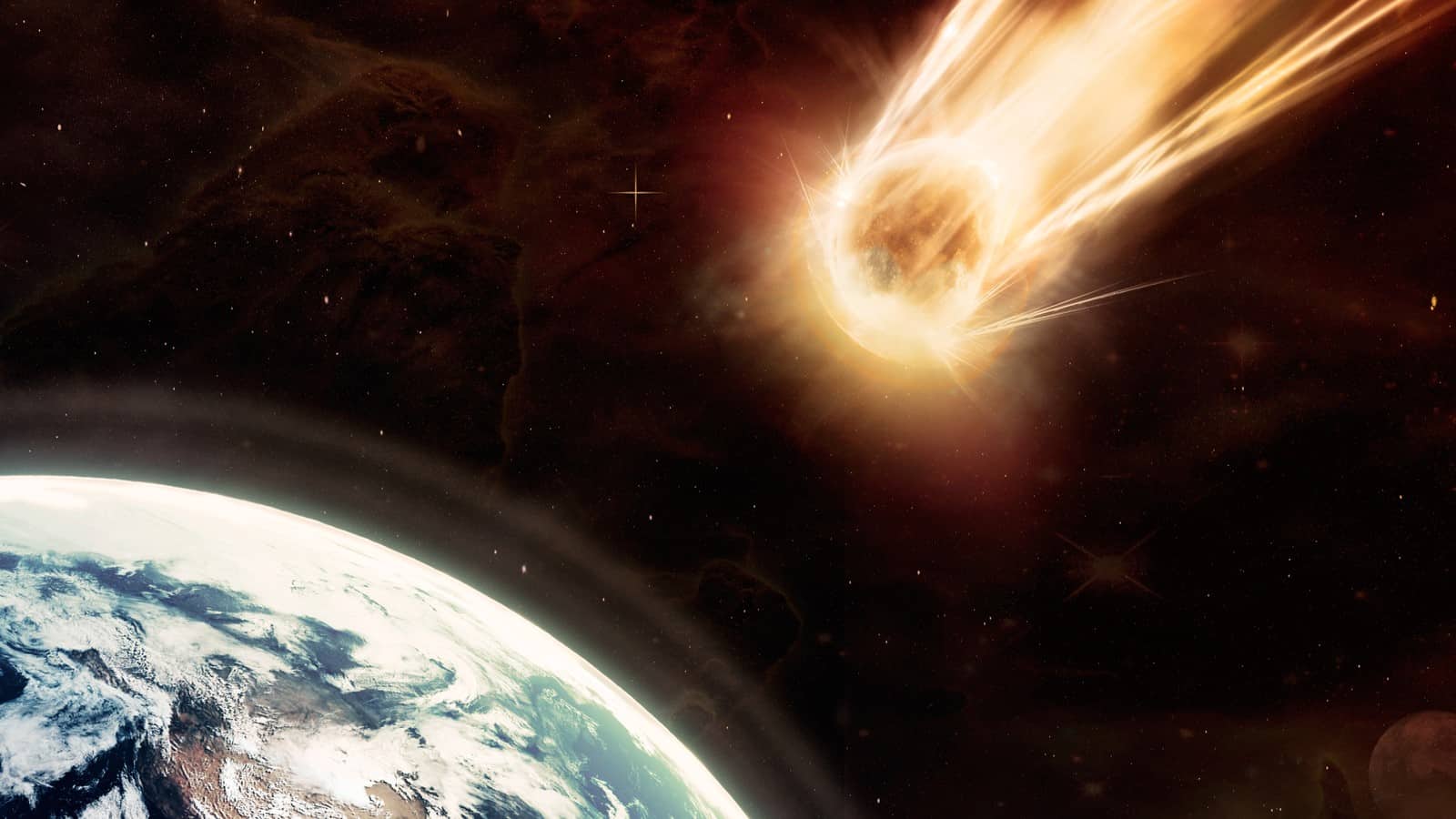When you go outside and peer up at the clear night sky, you may see a spark of light suddenly flash out of nowhere. Many people would call this phenomenon a shooting star. But is this a star falling from the sky? Scientifically speaking, a meteor is a small rocky or metallic body found in space. It helps to create light as it comes in direct contact with the Earth’s atmosphere, which causes the outer layer of the meteor to burn. Just like smaller space rocks, larger ones can pass all the way through the Earth’s atmosphere to create a sonic boom, leading to a trail of rocky debris.
Now, you must be wondering how big these rocks are and where they originated from. Well, it varies. These rocks are mainly the remains of space debris or comets, and some may even be asteroids. Let’s jump straight into the details for a bright and better understanding of meteors.

What is a Meteor?
Primarily known as space rocks or meteoroids, meteors enter the Earth’s atmosphere. When the space rock starts to fall from its place, the drag or resistance of air on that said rock will cause friction, making it catch fire. When this occurs, you will see a shooting star. That illuminated line is not the primary rock but is hot air that is created as the rock moves through the atmosphere. When Earth is faced with multiple meteors at the same time, that is referred to as a meteor shower. Why do meteor showers occur? It is because comets also orbit around the Sun just like the Earth does. Unlike that circular orbit of the planet, the comet’s orbit is mainly lopsided.
When any comet gets within close contact with the Sun, its ice-cold surface starts to boil, releasing a large number of rocks and dust. This debris from the comet then gets sprinkled out toward the path of the comet and mainly lands in the interior portion of the solar system where the Earth resides. There are multiple times in a year when the Earth completes its movement around the sun, and its orbit might cross that of the comet. During this occurrence, the Earth gets hit by comet debris, which results in shooting stars.

Nothing to Worry About
Meteoroids tend to be smaller in size than meteors. The size may range from that of dust up to the size of a boulder. Most of the time, meteoroids are pretty small and burn up within the Earth’s atmosphere only. So, there are minimal chances that any of the remaining comets could strike the Earth’s surface. When this happens, you have a high chance of seeing a bright and fantastic shooting star in the wee hours of the morning. During a meteor shower, you can see the glowing streak anywhere in the sky. However, all their tails will get to point back in one specified direction. It is as if all meteors travel at the same exact angle. As they tend to come close to the Earth’s surface, the visual perspective will make them look like they are a lot farther away than they actually are.
These showers are primarily named for constellations from where these meteors originate. For example, the Orionid meteor shower, which takes place in October every year, is believed to have originated near the well-known constellation of Orion the Hunter. This meteor shower is the most well-known one associated with Halley’s Comet. Some other examples of prominent meteor showers are the Lyrids in April, Quadrantids in December or January, Perseids in August, Leonids in November, and Geminids in December. The peak viewing time can vary by one day or maybe two. In case there is a full moon, there are fewer chances of you seeing a meteor. If that’s the case, certain years are more optimal for catching a meteor shower.
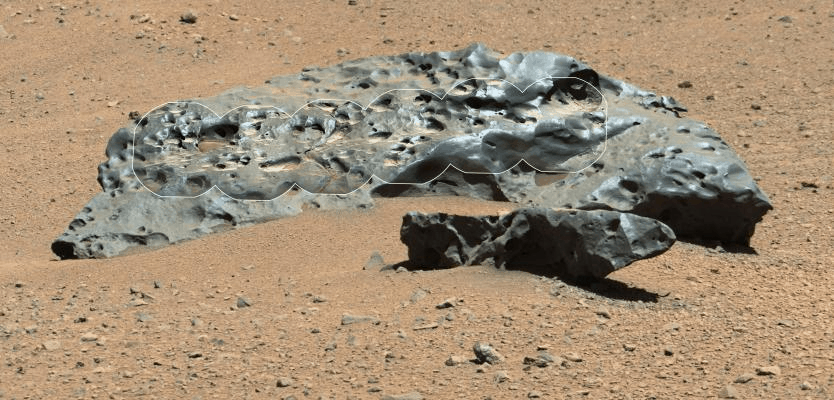
Trying to Find Some Meteorites
Most space rocks that are smaller in size than a football field tend to break apart when they come in direct contact with the Earth’s atmosphere. These rocks are traveling at a high speed, roughly thousands of miles per hour. So, there is a high chance that the object will crumble as pressure mounts and speed increases. That results in one bright flare! Recent studies show that less than 5 percent of the primary matter will ever make it to the ground. These meteorites that you may find will range from the size of a pebble to the size of a fist. If you are planning to look for meteorites after a meteor shower, think again! Most of these meteor showers come from comets and the material is pretty fragile.
Some of the smaller-sized comets will not even survive the trip into the Earth’s atmosphere. As per theories stated by experts, the Geminids and Taurids might send meteorites to the Earth’s surface once in a while. But it can be tough to find any remnants from these comets. It’s also hard to differentiate a meteorite from that an ordinary rock found on Earth. However, there are some places where it is easier to find meteorites, such as deserts. In sandy areas with more extensive and open sand regions and few rocks, darker-colored meteorites will stand out. In the same manner, you can spot some of them in icy cold deserts like Antarctica’s frozen plains.

What Do Meteorites Look Like?
Meteorites that find will represent some of the diverse and original materials used to form planets billions of years ago. By studying these space rocks, you will learn about the early stages and processes involved in the history of the vast solar system. These studies will include the composition and age of various planetary building blocks, temperatures achieved in the interiors and surfaces of asteroids, and even the degrees to which materials were shocked by the past atmosphere’s impact.
Meteorites mostly resemble Earth’s rocks but will have a burned exterior that appears to be shiny. It has a fusion crust to form the outer surface layer of a meteoroid while passing through the atmosphere. Generally speaking, you will come across three main types of meteorites. Those are stony-irons, irons, and stonys. Even though most of the meteoroids hitting the Earth are rough ones, there are many others, which fall under the “irons” category. This second option is more substantial and easier for you to distinguish from the rocks found on Earth.
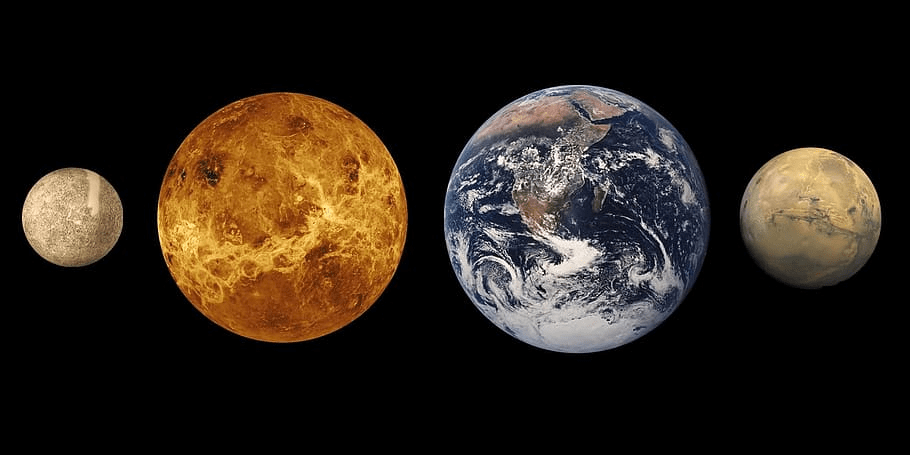
How Do You Know Where Meteoroids Come From?
Recent studies show that most of the meteoroids found on Earth come from shattered asteroids. Some are even said to have come from the moon or Mars. Experts have stated that some of the smaller pieces of Venus or Mercury may have also reached Mother Earth. However, none have been identified. Scientists can often report where meteoroids have originated depending on various pieces of evidence. They are likely to use photographic observations of a meteorite falling for calculating orbits and projecting their paths back to the asteroid belt.
Scientists will also compare the compositional properties of these meteoroids to various asteroid classes. They even have the liberty to study how old these meteoroids are. Some of them are as old as 4.6 billion years! It’s hard to grasp just how old these materials are. Scientists have traced Martian rocks to Mars, also known as the Red Planet. These rocks have trapped gas pockets, which match the information that rovers and satellites have found on Mars. If the meteorite’s composition matches rocks that astronauts brought back from the moon during the Apollo mission, then those meteoroids can be considered lunar parts too. The study from NASA’s Dawn Mission already noted that a class of meteorites, namely HED or howardite-eucrite-diogenite, came from Vesta, which is a planet-like world in the asteroid belt.
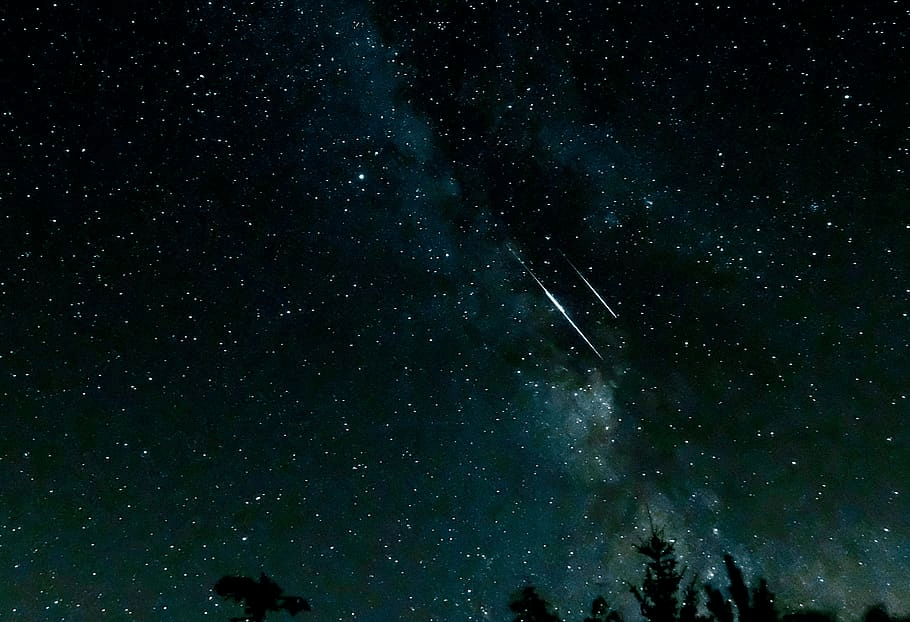
Great Meteor Showers
In recent years, the most visible meteor shower has to be the Perseids. It takes place on the 12th of August every year at around one meteor per minute. NASA came up with a tool for calculating the number of meteorites hitting Earth in an hour. Then you have the Leonid meteor shower, which peaks at around the 17th of November every year. Around every 33 years, this Leonid shower will produce a meteor storm, which will be rising at rate of thousands of these rocks per hour.
Such Leonid storms gave rise to the term meteor shower in November 1833, when it was first realized that these meteors radiated from Gamma Leonis, a star quite near to the Earth. The last storms were seen in 1999, 2001, and 2002. Before that, there were several such storms, which took place in the years 1767, 1799, 1833, 1867, and even 1966. When this Leonid shower is not in its storming mode, it is also less active than that of the Perseids.
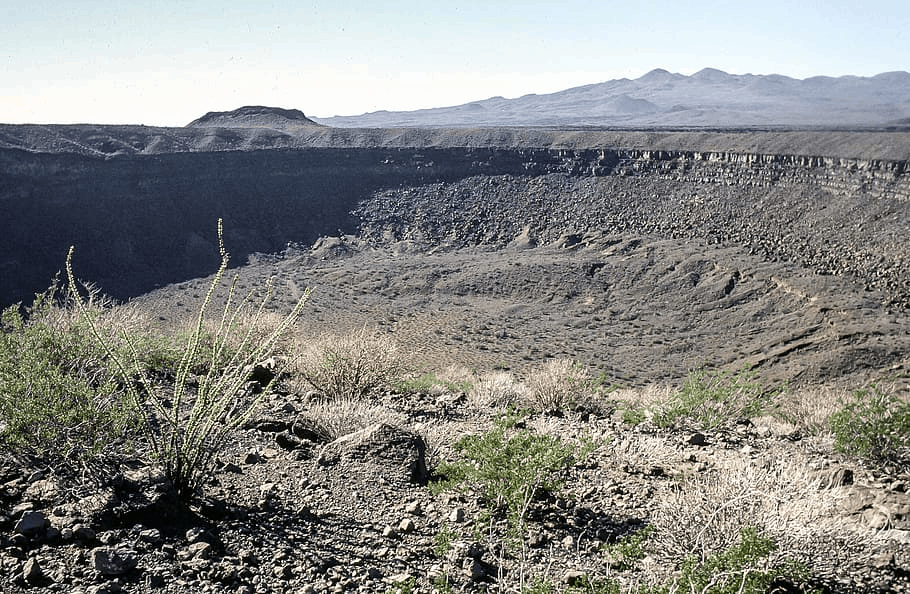
Extraterrestrial Meteor Showers
Any other Solar System-based body with a transparent atmosphere can experience meteor showers as well. As the moon is quite closer to Earth, it can even experience such showers. However, the moon will have its phenomena because of a lack of atmosphere. Right now, NASA works hard to maintain one ongoing database of the moon’s observed impact, as managed by the Marshall Space Flight Center. Many moons and planets have craters already, which date quite back. But, it is possible to relate some new craters with meteor showers as well. So, Mars, along with its Moons, is known to have meteor showers.
It has been hard to observe such an effect on other planets up until now, but we can presume its existence. For example, Mars’ atmosphere has less than 1% of the density of the Earth at ground level. However, in the upper atmosphere where meteoroids strike, the densities of Earth and Mars are more or less the same. Due to the same air pressure at altitudes for creating meteors, the effects remain similar. Just the slower meteoroids’ motion because of increased distance from the sun should decrease the brightness of the meteor marginally. This is balanced by the fact that the slower descent means that Mars’ meteors will have enough time to ablate.

Perfect Time for Fireballs
On any night, you can perceive a few meteors touching the ground, but the best time to have a watch is during the peak of any annual meteor shower. During that time, Earth crosses through a dense portion of the comet’s debris path. Such an event takes place at predictable times every year. If you check it from the Earth’s surface, the meteors in these annual showers appear to be radiating from some particular points in the sky. So, most of these showers are named after the constellation from where they seem to fall. For example, you have the Perseid meteor shower, which takes place every year in August. This meteor shower got its name from the Perseus constellation, which is named for a mythical hero.
Each major shower has various peak rates when its shooting stars will fall. For example, you have Lyrids in April, when you can see around 10 to 20 meteors on an hourly scale. Then in the month of December, you get to see the Geminids, which will deliver as many as around 60 to 70 meteors every hour! However, comet debris streams are not entirely uniform and some of the usually weak ones are known to produce occasional outbursts of around 1000 meteors every hour. Then you have others punctuating the night sky with bright fireballs. Different annual showers will see the meteors falling at various speeds, which affects the lasting time of the streaks.
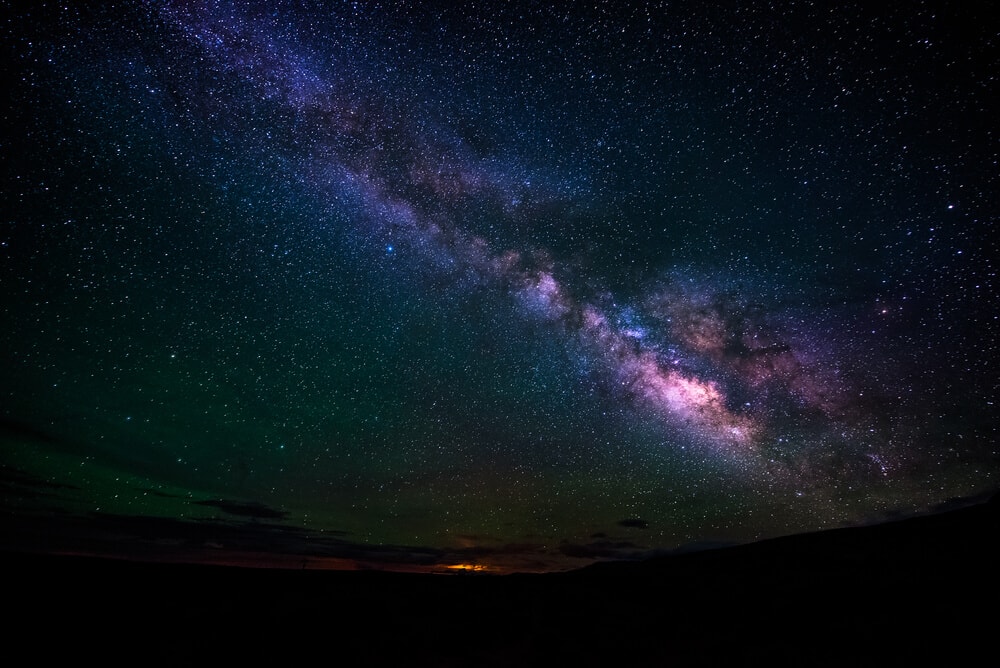
Hard to Make a Prediction
It can be tough for astronomers to predict when a meteor shower will produce dazzling displays with ultimate accuracy. Some of the best showers are seen either from the Southern or the Northern hemisphere, based on the associated constellation. For that controlled experience, one Japanese company proposed a way to create some artificial meteor showers. For that, the team will be using satellites and customized “meteors” out of chemically infused pellets.
The best and proven way to experience everything that a natural meteor shower has to offer is by heading towards some of the darker rural areas. You need to be away from light pollution and then wait for the radiant constellation of the meteor shower to rise high. Give some time to adjust your eyes to the darkness surrounding you and then you will get to watch the ephemeral bursts of fantastic light.
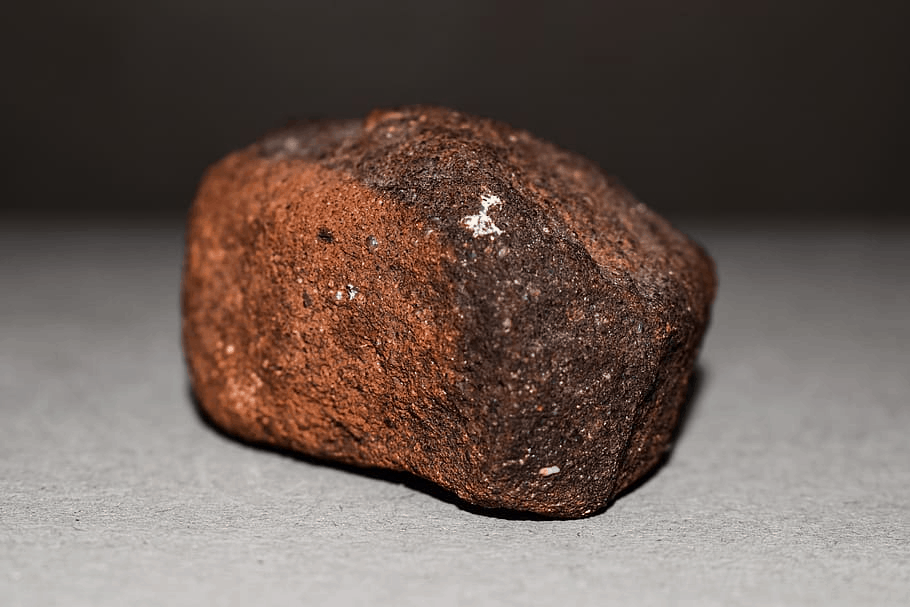
Colors of Meteors
Every streak has its character, just like the meteor showers. Among all available ones, the Geminids of December is the most spectacular one. They are known to give out a blaze of emerald green, violet, and pink. The August Perseid will send streaks of lime green, purple and pink. It is hard to differentiate the colors as they will flash right across the sky in just a few milliseconds. Then you have Orionids of October, which are faster but dimmer. These streaks will have a pretty whitish orange shimmer to them. There are mainly two processes that will account for these hues.
As one meteor hurtles through space’s vacuum, there is nothing available to slow the rock down. But when it encounters air resistance at the edge of the mesosphere around 80.5 Km up, the stone starts getting hot. This heat will eventually cause the rock to burn. The flames will have multiple colors, based on the composition of the stone. The elemental recipe will determine its glow causing the metallic elements to be the brightest of them all.
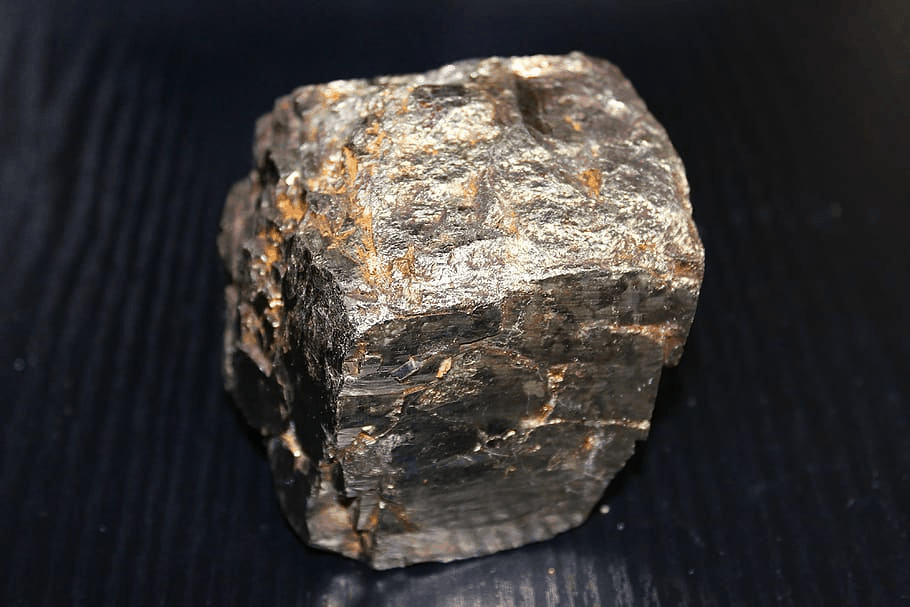
Researchers and Their Findings on Colors
The researchers working with the Astronomical Institute of the Academy of Sciences began studying meteor shower colors in the year 2008. They checked out the Geminid showers, which took place between 2004 and 2006. These meteors were observed through video cameras. They then applied a spectroscopy procedure, which looked at how these materials interact with light or if they emit light. The result showed that some burning rocks were rich in magnesium, iron, and sodium. They found that there were traces of calcium and silicon in August’s Perseids, as well.
As the meteor speeds through the atmosphere, it compresses the air cushion. That “air pillow” then gets squeezed so hard that it heats up. When molecules start to absorb enough energy, they might become excited in the physical sense. Later, they will begin releasing photons, or packets of light. The more power there is, the more energetic the light will be. Higher energized photons will emit light with higher frequency, also stated as higher wavelength. Purple light happens to possess a higher rate than red. Then you have UV lights with a higher frequency than infrared.
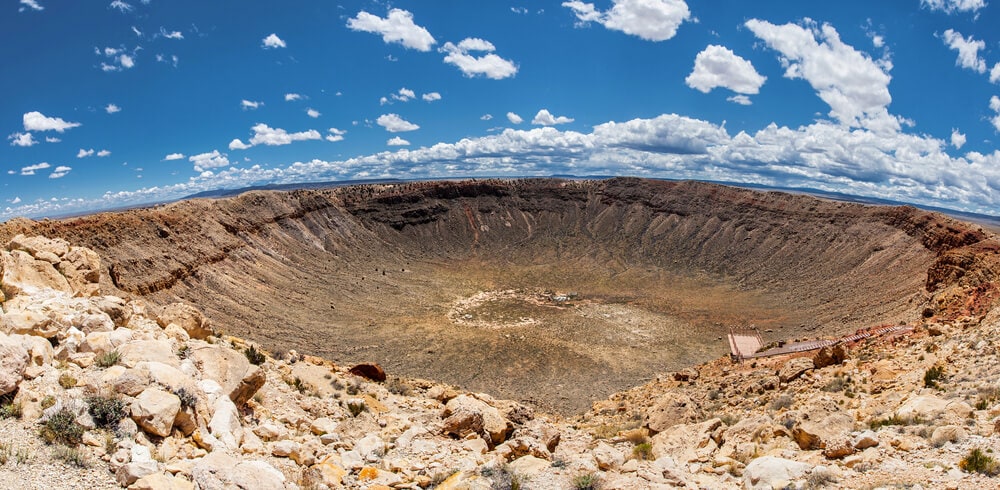
Meteors and Air Molecules
As Geminids are proven to be slower, the light is mainly green. But, even after a meteor passed, it takes some time for the energy level of the air molecules to fall back to its normal stage. So, you get to see that shimmering light tail for some time. Sometimes, that light might get accompanied by smoke. It is quite rare for a meteor to survive and crash onto the ground. On a medium scale, one meteor the size of a basketball falls on the Earth’s surface every month. To reach the Earth’s surface, the meteorite must start large enough so that it doesn’t burn out entirely during its journey through the atmosphere.
In January 2018, a space boulder crashed down west of Detroit, Michigan. Nearly 50,000 years ago, another bigger one excavated around 175 million tons of rock in Arizona. It left a Barringer crater, which is approximately 1 mile wide and 570 feet deep. Meteors that survived to reach a lower atmosphere get to hit more air resistance and burn pretty bright as a result. These are called fireballs. The December Geminid and the Perseids from August produce more significant numbers of these fireballs.
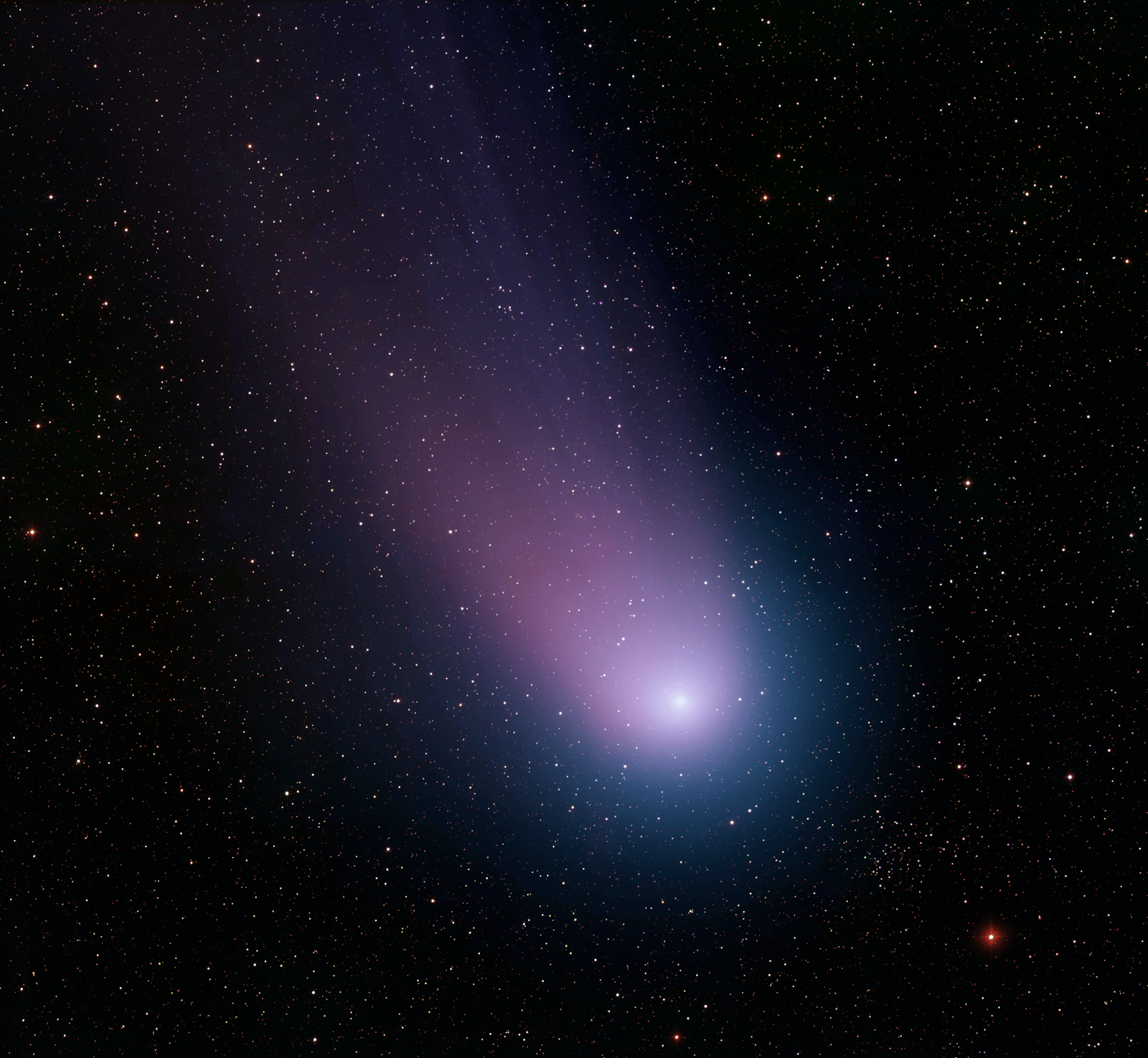
Characteristics of Icy Comets
Comets look like dirty snowballs, as they are comprised of dust, rocks, and frozen gas. As these comets get closer to the sun and experience its heat, the ice on their surface regions will start to melt. This helps in forming a gas cloud, which is then stretched out by solar winds to create the famous tail of a comet. Shorter-period comets will be the remnants from the formation of the solar system, which took place at least 4.6 billion years ago.
They mainly originated from the icy objects belt beyond Neptune, where they got knocked into an orbit closer to the sun. These shorter-period comets have solar orbits, which are mostly less than 200 years old and seem to be entirely predictable. The longer-period comets might originate from a region, primarily termed as Oort Cloud. It lies around 100,000 times farther away from the sun than the Earth does. So their orbits might take as long as 30 million years, if not more.
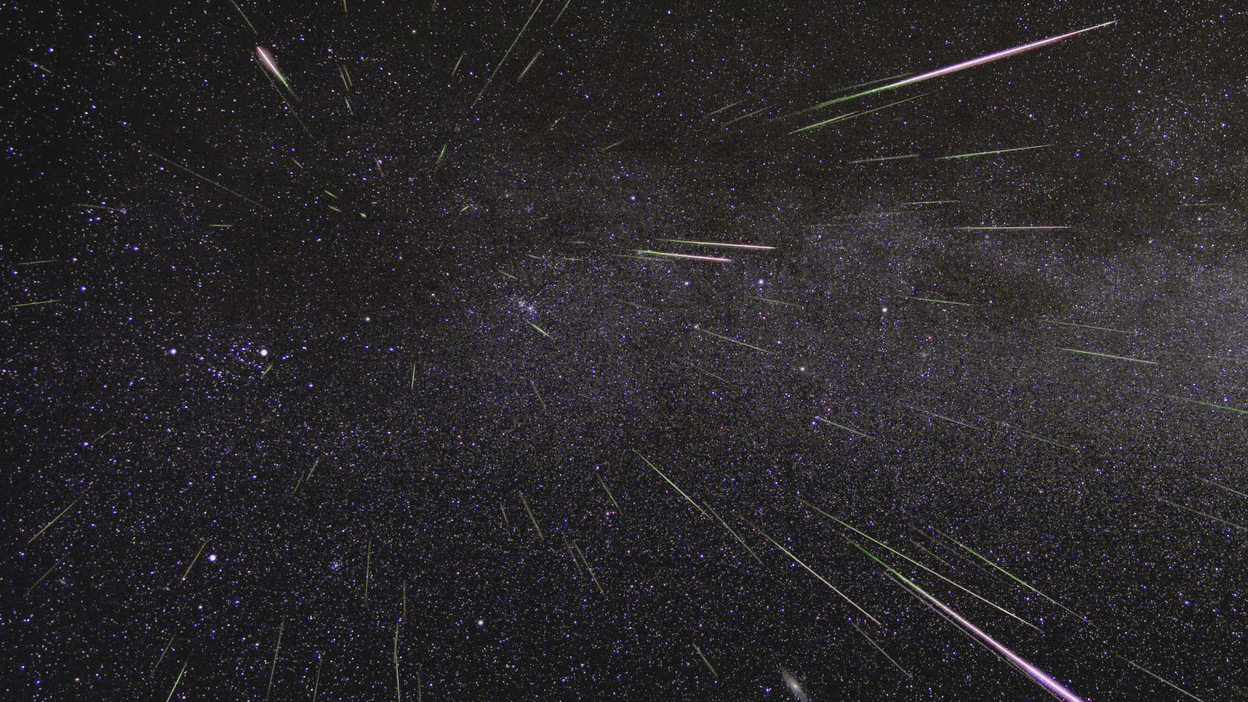
Rocky Meteors and Orbiting Asteroids
Primarily known as shooting stars, meteors are smaller rock pieces and debris that have entered the Earth’s atmosphere. They will strike the atmosphere at higher speeds, where friction will force them to burn. Most of the meteors are the size of a pea or even smaller than that, and will burn up completely before hitting the Earth’s surface. Occasionally, some of the more giant meteors will strike the surface and their remains will be called meteorites. NASA scientists have estimated that around 1000 to 10,000 tons of meteoritic materials get to enter the Earth’s atmosphere daily.
Sometimes referred to as minor planets, asteroids are larger rocky masses without atmospheres that move around the sun but are too small to be noted as planets. There are millions of such rocky masses in the central asteroid belt between Jupiter and Mars. Left after forming the solar system, these asteroids are created by combining various combinations of nickel, rock, clay, and iron. They might range in size from less than half a mile to around 600 miles in diameter. Over 150 of them have small moons. The gravity of Jupiter and occasionally from Mars, as well as interaction with other objects, can easily knock these asteroids out of the asteroid belt and place them in the path of the Earth.
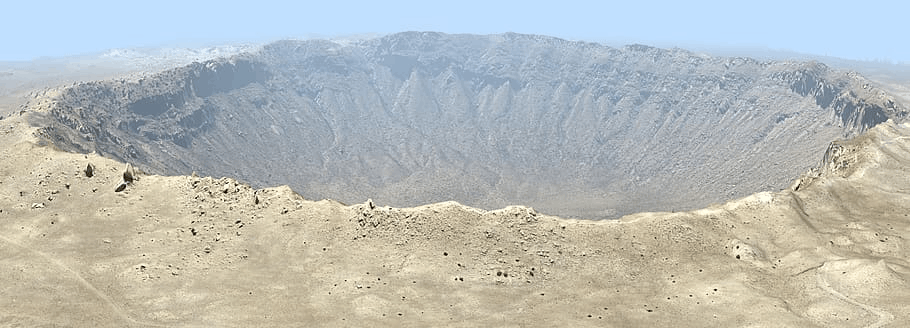
Comets and the Earth
There have been multiple theories about comets and their impact on Earth. Some have theorized that comets are a source of both the water on the planet and life’s building blocks. The largest meteorite ever found was located in southwest Africa and weighed around 120,000 pounds. Nearly 65 million years ago, there was an asteroid that produced a crater over 100 miles in diameter in the Yucatan Peninsula. This crater has been linked by multiple scientists to the extinction of dinosaurs.
In the United States, you have the Chesapeake Bay, which features a 56-mile wide crater, as created by an asteroid roughly 36 million years ago. According to NASA scientists, there are currently 1,238 known PHA or potentially hazardous asteroids in existence. These are asteroids that are larger than 500 feet that will most likely pass within 4.6 million miles of Earth.
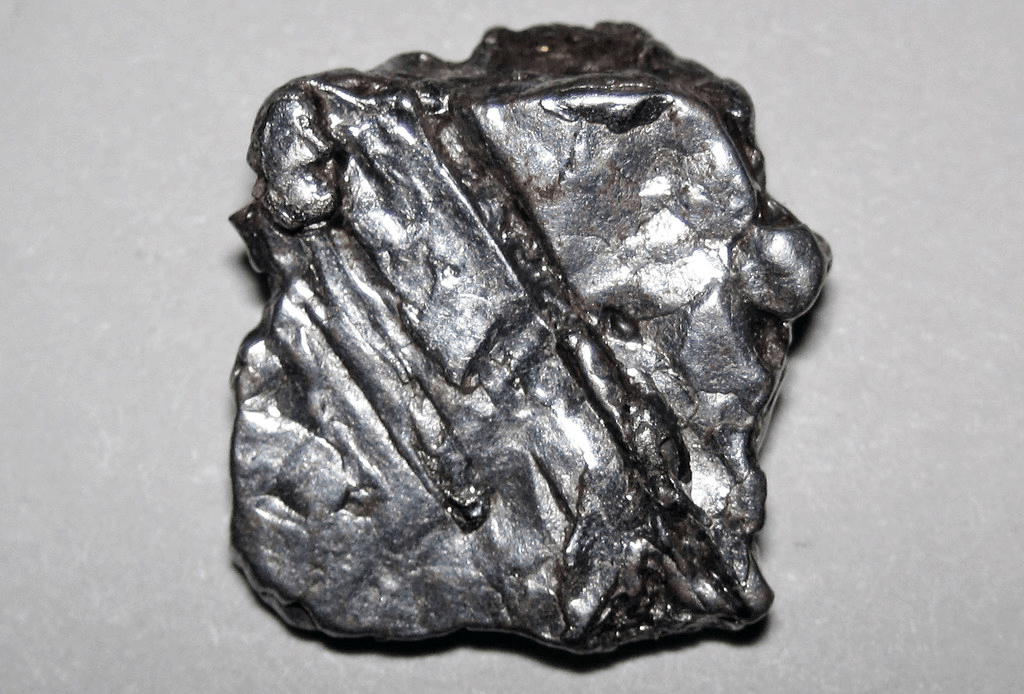
Identifying Meteorites
Meteorites happen to be the rarest pieces of rock found on planet Earth. Many pieces of stone are tested each year by people who believe that they have come across a meteorite. Among the thousands, one or maybe two might be an actual rock from space. Some essential characteristics can help you recognize a meteorite. You can try to determine whether or not a rock is from a meteorite through some home tests. Home testing can save you money on your quest to test found rocks. Using a home testing kit can be a life-changing opportunity for many people.
These home tests are pretty simple and tend to produce accurate results most of the time. The purpose of home testing kits is to help people understand and know if the rock they have found is genuinely from space or another example of terrestrial rock known scientifically as meteor wrongs. Some pictures available on the internet may be useful and can help differentiate meteors from other simple rocks as well.
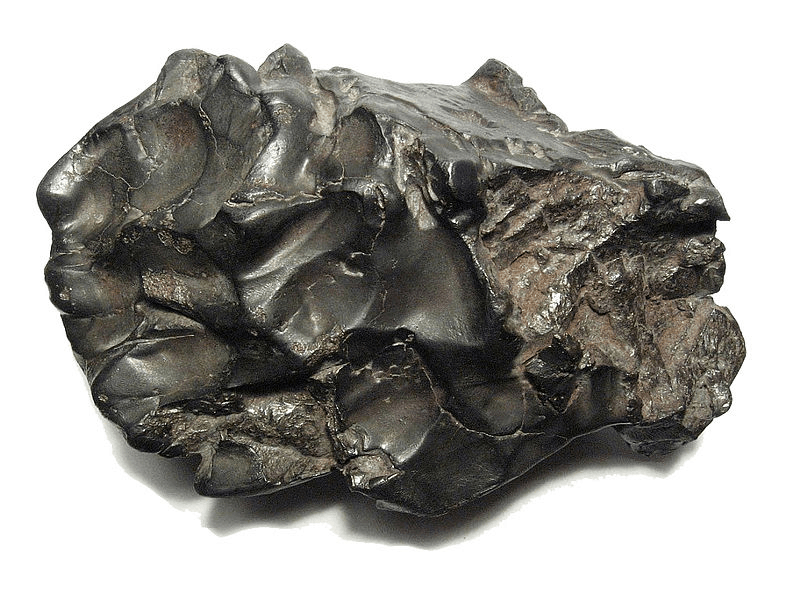
Fusion Crust and its Characteristics
All meteorites will fall across the atmosphere at a higher velocity, which will force the outer part of the material to burn off. This melting will end up with one smooth outer coat, commonly referred to as a fusion crust. This crust is mainly a darker gray or even charcoal black color. The black fusion crust seems to be of two different textures: one is a shiny texture and another one is a dull velvety texture. The fusion crust comprises straight and flowing lines while moving molten rocks across the Earth’s surface. This is pretty common for the meteorites to have fused their outer body with some chips. With time, weathering takes place, leaving very little of the fusion crust on top.
Be sure to become familiar with the shapes of meteorites as well to determine if you have one in your possession. Meteorites are not smooth, round-shaped balls and are mostly known for their irregular shapes. Primarily, these space rocks are angular with rounded-off corners. Some will even show marks or pits on the surface that are called thumbprints. Scientists call these marks regmaglypts and these are formed as blistering air starts to destroy the rock when it moves through the Earth’s atmosphere.
Most of the time, people might come across some rusty iron mass and get confused by thinking they have found meteorites. Some sources of such meteor wrongs are mill balls or cannonballs. These old, rusty objects are known to have an iron-like meteorite appearance. It is only through chemical tests that you can determine if those are human-made or not. Iron, as found in meteorites, can be termed as a perfect mix of a nickel alloy. So, if the chosen rock fails to show any sign of nickel, then it cannot be an iron meteorite.
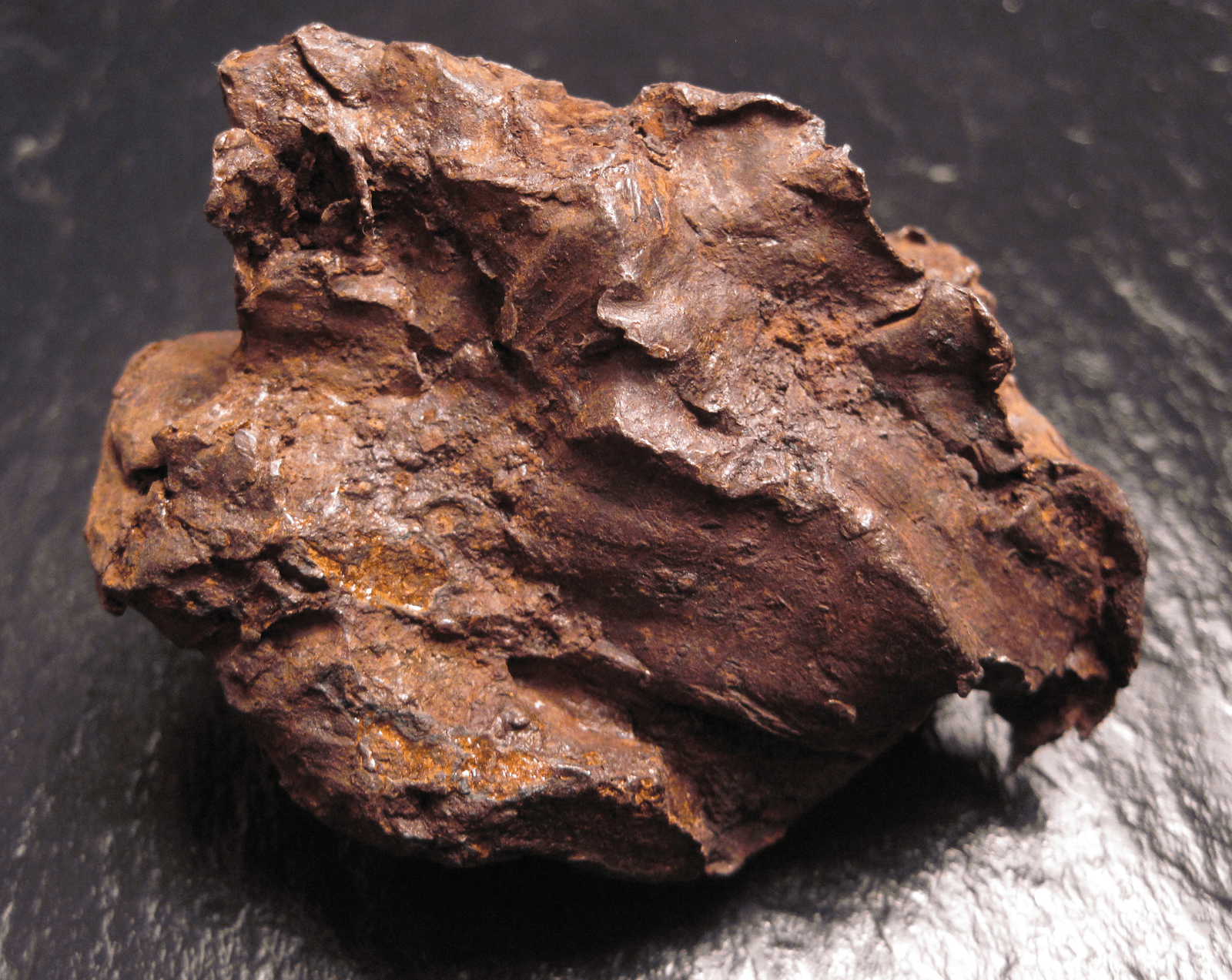
Stable Nature and its Colors
Slag from industries manufacturing steel and iron will have some metallic particles within. Slag is a material that often gets confused with meteorites. However, slag will come out to be porous in nature or bubbly sometimes, which proves that you cannot call it a meteorite. In some instances, meteorites might exhibit some cavities, but those can never be porous or even bubbly to look at. To say the least, meteorites are solid rocks and could have some pits on the surface region, but the inside will be completely dense. Basalts, volcanic stones, and lavas can always be porous and can get mistaken for these space rocks.
You can determine if you possess a meteorite or a simple earth rock through its colors, as well. Fresh meteors are mostly black and the fusion crusts will show some flowing marks and some details to help them be identified. After staying on the ground for too long, they will start changing color and the fusion crusts will wear off. Then the details on their bodies will disappear completely. However, iron, as presented in meteorites, will rust because of the weather. When the iron-based metal starts to rust, it will stain the inside of the rock-based body and even the exterior. Those spots which started as an orange or reddish hue on black infused crust will turn into a rusty brown color with passing time. You can see the crust sometimes, but it won’t be black.
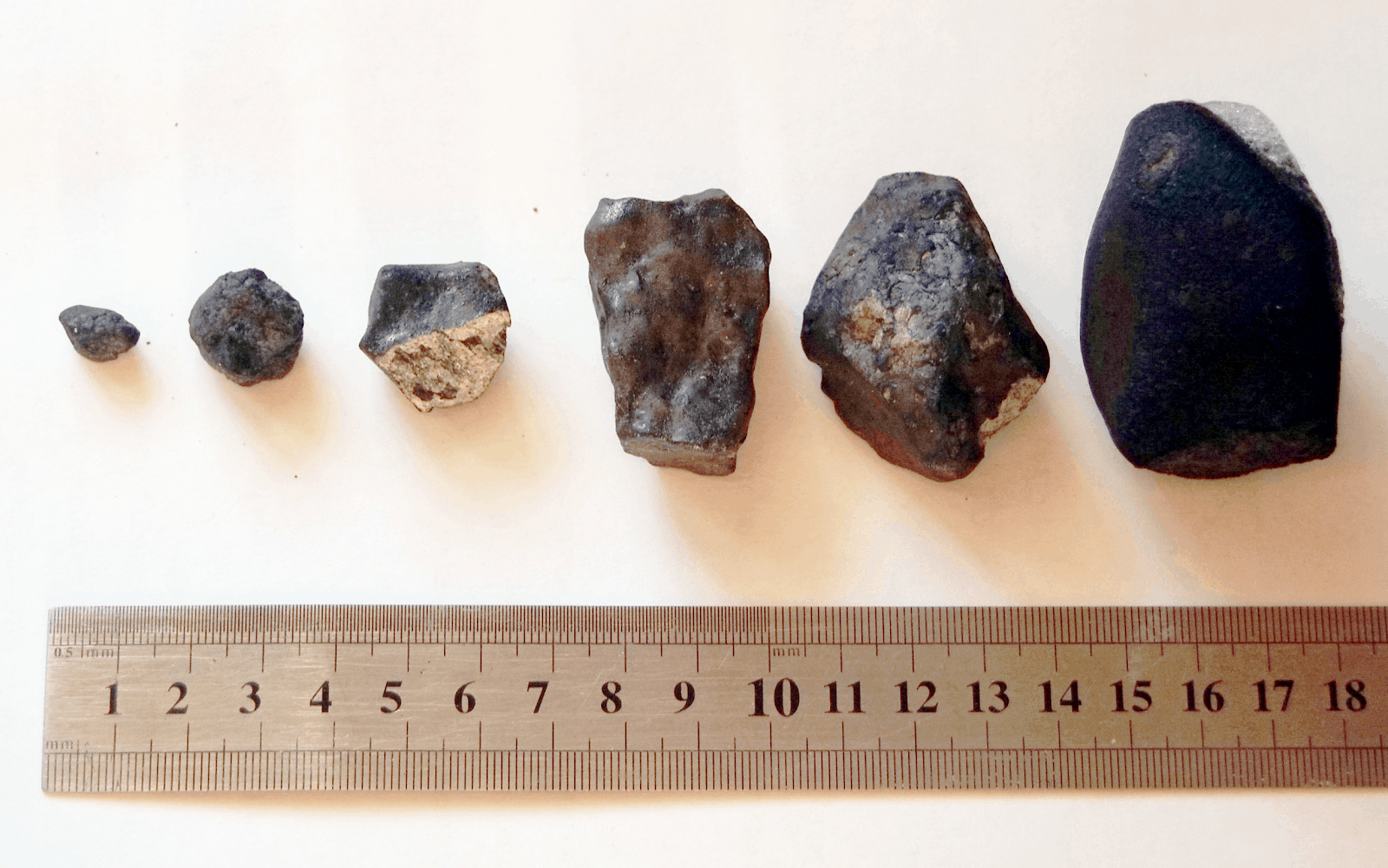
Keep Learning About Meteors and Meteorites
It is exciting to learn about meteors and meteor showers, but only from accurate sources. Keeping a close watch on scientific discoveries from reliable sources like NASA will help you get the right information. It is stunning to see a shooting star, but once you start to understand its significance, you will fall deeply in love with it. With help from this article, you can try to differentiate meteorites from the simple rock formations found on Earth.

